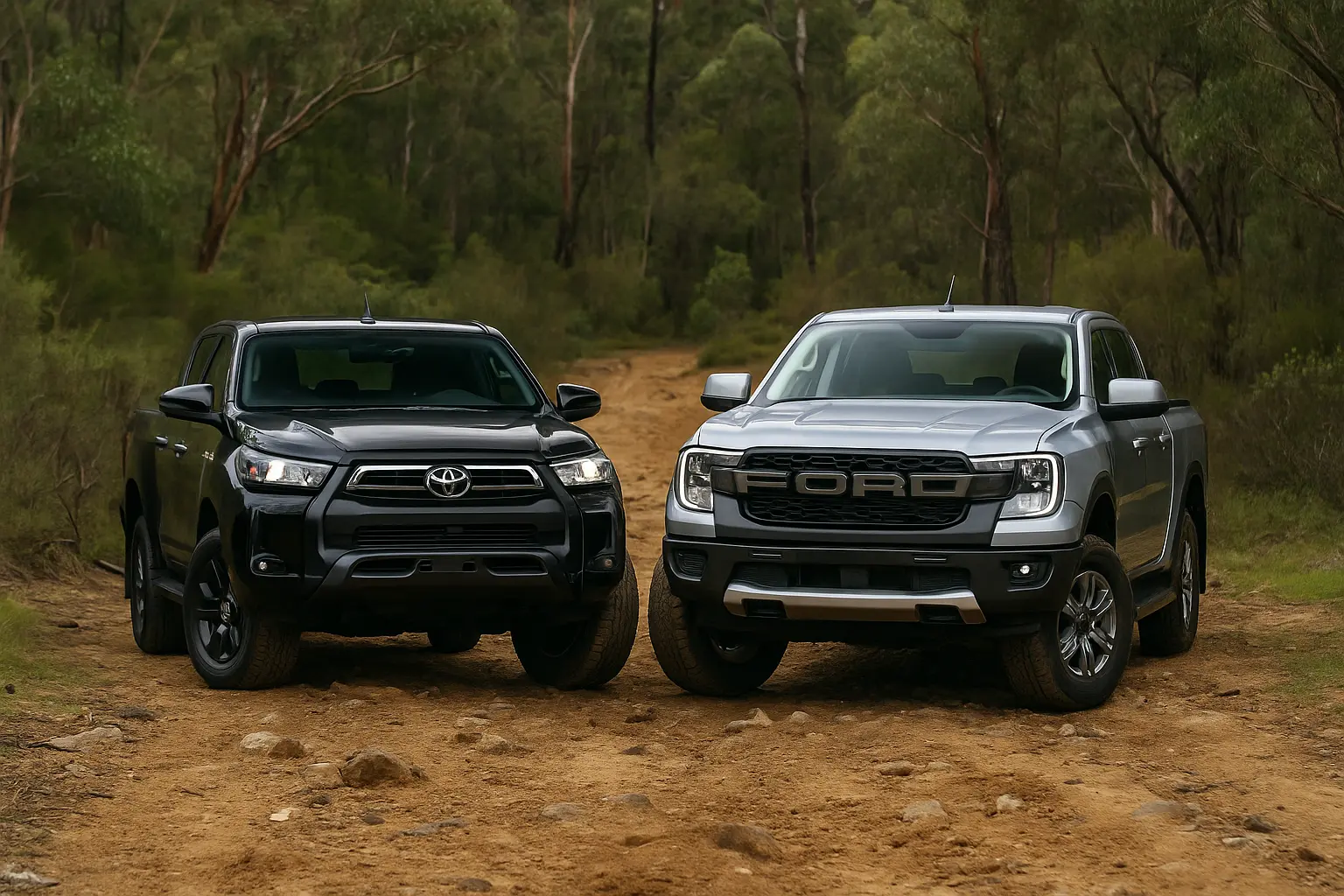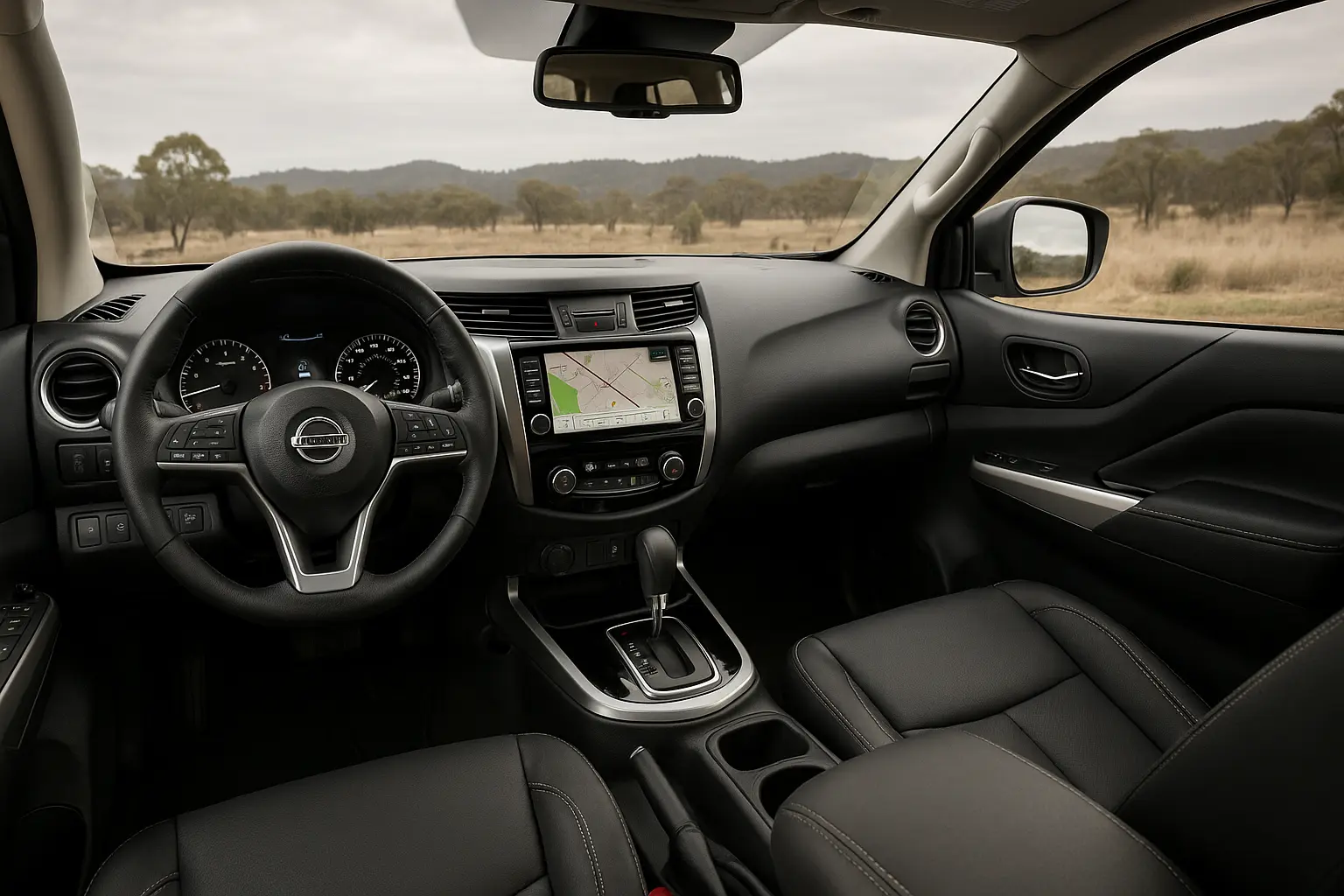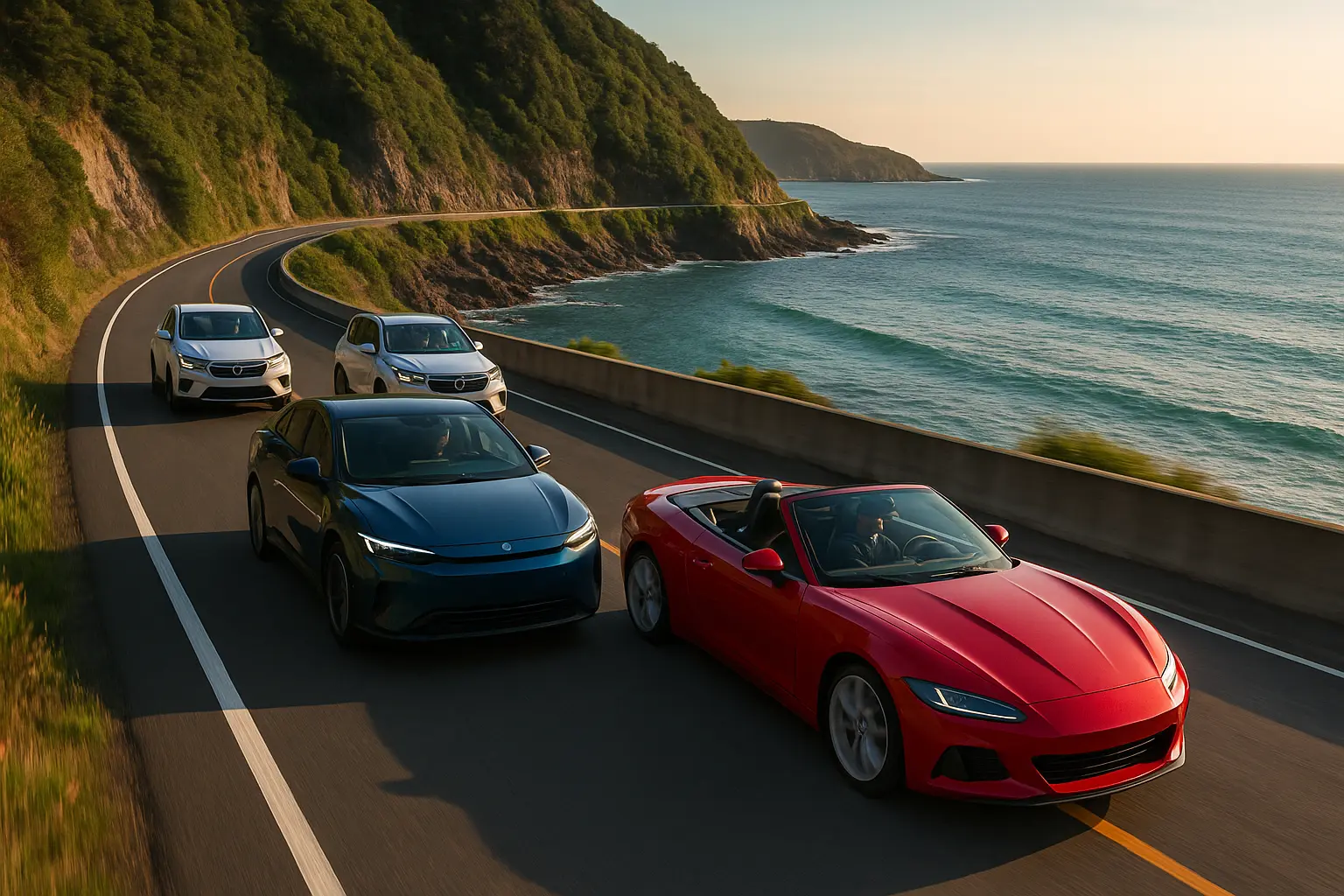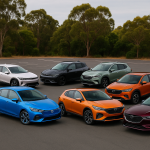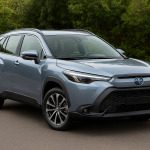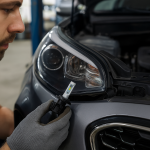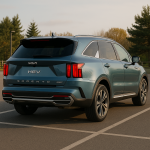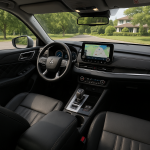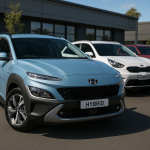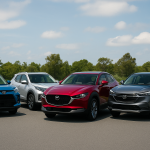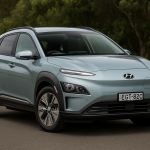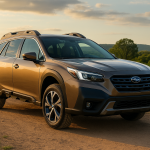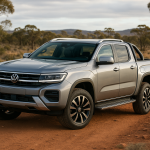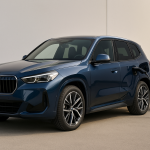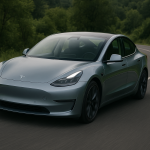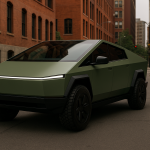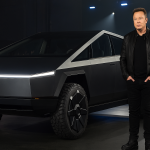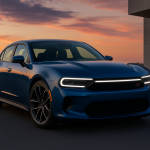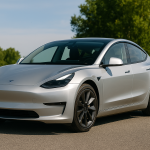The Toyota Hilux and Ford Ranger are more than just vehicles—they’re icons in Australia’s automotive landscape. For decades, tradies, farmers, adventurers, and families have relied on these two utes for their rugged durability, off-road strength, and ability to double as both workhorses and lifestyle vehicles. With the 2025 models, competition between these two has never been fiercer.
This in-depth guide explores how the Hilux and Ranger stack up against each other across key areas: performance, towing, off-road ability, interior comfort, technology, ownership costs, and real-world usability. Whether you’re buying for work, play, or both, you’ll find everything you need to make the right call.
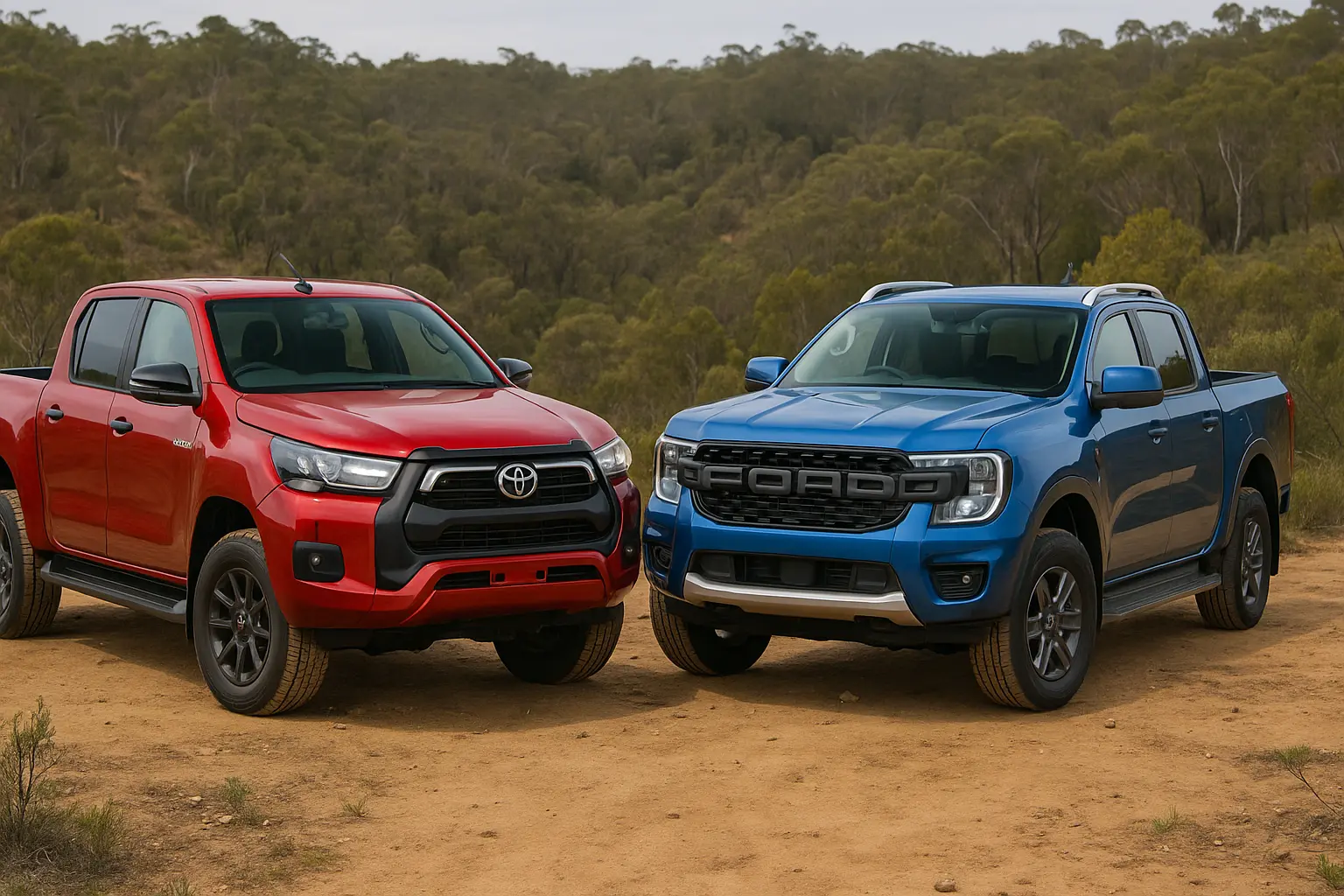
Legacy and Market Position
The Toyota Hilux has long been synonymous with reliability. From outback stations to bustling city worksites, “unbreakable” is the word most Aussies associate with it. Its strong resale value, widespread dealer support, and bulletproof reputation keep it at the top of sales charts year after year.
On the other hand, the Ford Ranger has carved out a reputation as the more “modern” ute, often praised for its comfort, technology, and towing muscle. The current generation, developed in Australia, has put Ranger in a strong position as the ute of choice for tradies who also want SUV-like features.
While the Hilux has global recognition, the Ranger has increasingly captured local hearts thanks to its versatility and strong aftersales presence.
Powertrain and Performance
Toyota Hilux
The Hilux is available with a choice of petrol and diesel engines, but the most popular option is the 2.8-litre turbo-diesel. Producing around 150kW and 500Nm, it’s tuned for durability and predictable performance. It might not be the fastest ute off the line, but it excels in reliability, especially under heavy workloads and long-term use.
The Hilux’s six-speed auto transmission, while smooth, feels a little behind competitors offering more ratios. Still, its performance balance is suited to off-road conditions, where linear power delivery counts.
Ford Ranger
The Ranger offers a wider engine line-up, including the 2.0-litre Bi-Turbo diesel (154kW, 500Nm) and the powerhouse 3.0-litre V6 turbo-diesel (184kW, 600Nm). The V6 is a standout, offering strong pulling power and smooth acceleration—perfect for towing caravans or heavy trailers.
Paired with a 10-speed automatic, the Ranger feels more refined and modern compared to the Hilux, offering better efficiency at highway speeds and improved responsiveness.
Verdict: The Ranger takes the edge in outright performance and towing strength, while the Hilux delivers proven reliability.
Towing and Payload Capacity
Both utes are built for heavy lifting, but the details matter.
Hilux: Up to 3,500kg braked towing capacity, depending on the variant. Payload capacity ranges between 925–1,050kg, making it a strong workhorse. Its suspension setup favours durability under load.
Ranger: Also rated for 3,500kg braked towing, but its V6 engine makes towing more effortless, especially with larger caravans. Payload varies between 950–1,200kg depending on the model, putting it ahead in versatility.
Verdict: For serious towing, the Ranger’s V6 engine delivers extra confidence. For carrying gear and equipment, both are evenly matched, with Hilux slightly favoured for durability under constant load.
Off-Road Capability
Australia’s terrain demands true off-road toughness, and both utes deliver.
Hilux: Known for rugged suspension, high ground clearance, and dependable 4WD systems. Its reputation for conquering harsh outback tracks remains unmatched. Aftermarket support for modifications (lift kits, snorkels, bull bars) is extensive.
Ranger: The new generation brings advanced off-road tech, like selectable drive modes (sand, mud, rock crawl), a locking rear diff, and in higher trims, advanced terrain management. Ground clearance is competitive, and the wider track adds stability.
Verdict: Hilux wins for simplicity and indestructibility. Ranger wins for advanced tech and comfort in off-road conditions.
Interior and Comfort
Toyota Hilux
The Hilux interior is functional, focused on durability. Materials are hard-wearing, ideal for tradies, but may feel spartan compared to SUVs. Infotainment includes an 8-inch screen with Apple CarPlay/Android Auto. Higher trims add leather seats, dual-zone climate control, and safety assists.
Ford Ranger
The Ranger takes a big leap forward in cabin quality. The vertical 10.1- or 12-inch touchscreen with Ford’s SYNC 4 system rivals modern SUVs. Materials feel more premium, and there’s greater emphasis on comfort, including wide seats, wireless charging, and advanced driver aids.
Verdict: Ranger leads for comfort and tech, while Hilux stays true to its rugged, functional ethos.
Technology and Features
The Hilux has updated safety features like adaptive cruise control, lane departure warning, and AEB, but its infotainment feels dated.
The Ranger, however, is packed with tech. Digital instrument clusters, connected services, and advanced driver assistance systems make it feel more future-proof. Features like 360-degree cameras and trailer assistance set it apart for tradies and families alike.
Ownership Costs and Reliability
Hilux: Renowned for reliability, with minimal issues reported even after years of harsh use. Servicing intervals are straightforward, and Toyota’s dealer network is unmatched in reach. Resale values are among the best in the market.
Ranger: Ford has improved reliability in recent years, but complex tech and engines like the V6 may face higher repair costs long-term. Scheduled servicing is competitive, though Toyota still edges out in national coverage and reputation.
Verdict: Hilux is the safe bet for long-term dependability. Ranger offers more features but could be pricier to maintain after years of use.
Price and Value for Money
Pricing depends on trim and body style.
Hilux: Entry-level workhorse models start cheaper, appealing to fleets and tradies. Higher trims like SR5 and Rogue climb into the $70k+ range.
Ranger: Starts at a slightly higher base price but justifies it with more standard features. High-end trims like Wildtrak and Raptor push well into the $80k–$90k range, but offer SUV-like comfort and performance.
Verdict: Hilux appeals more to budget-conscious buyers focused on durability. Ranger delivers more luxury and tech for those willing to pay.
Which One Should You Buy?
Choosing between the Hilux and Ranger ultimately depends on your priorities.
Choose the Hilux if:
You want long-term reliability and durability.
You value strong resale value.
You prioritise a no-fuss workhorse for tough conditions.
Choose the Ranger if:
You want the latest tech and comfort features.
You tow heavy loads regularly.
You want SUV-like refinement in a ute package.
Final Thoughts
The Toyota Hilux and Ford Ranger remain Australia’s best utes because they excel in different ways. The Hilux is the dependable choice for buyers who need a tough, reliable vehicle that will go the distance without fuss. The Ranger, meanwhile, offers more power, more comfort, and more technology, making it perfect for those who want a ute that can double as a family SUV.
In the battle of Hilux vs Ranger, there’s no absolute winner—just the right ute for your lifestyle. For work, for play, or for both, either choice is a strong investment in 2025.
Leave a comment
Your email address will not be published. Required fields are marked *


